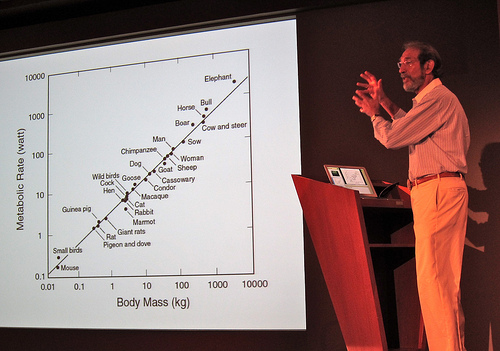One of the biggest mistakes that LSS practitioners, and a lot of other business people, fall into is not following through with their business improvement and waste removal methodology when it comes to reporting on their various projects and activities.
You only need to think about how often an eighty-something page report lands on your desk and how with it comes the feeling of dread and boredom. There is no reason why reporting has to go against the principles of Lean Six Sigma. Indeed, if only everyone would apply some of the LSS principles to their reporting activities, we would spend a lot less time reading about why we should do something and just do it instead.
What is A3 Thinking and how can it Help?
A3 thinking is often used within the Lean Six Sigma community because it helps you present your reporting information and data in an extremely structured and concise manner. A3 thinking is also designed to standardise the way information is presented, making it easier for everyone to follow, as well as helping to simplify the thought process and strengthen the methodologies being used.
The Problem with LSS Reporting
Throughout an LSS project, the team will follow a specific kind of scientific methodology, which is laid out very clearly and enables them to follow it through step by step, right from the moment a problem is defined through to the identification of the solution and the carrying out of the improvement activities needed.
However, once the project is complete and the time comes to report, the findings and methodology become less clear. Often the LSS team is left to report their findings in whatever manner they choose, be it within a PowerPoint presentation, in Word format or some other kind of reporting documentation. This leads to very little consistency within an organisation, since LSS teams can really vary and what takes one person 3 pages to summarise, may take another 20 pages.
The last thing anyone really wants is to ruin what was essentially a worthwhile and productive LSS project with a lengthy PowerPoint report, which will no doubt bore your colleagues and bosses and cause them to miss the point and outcome of the actual project.
What is an A3 Report?
Very simply, it is a structured report made up on just one bit of A3 paper. The format the report takes on the A3 paper can change but essentially, provided it stays on just one page of A3 and follows the following principles, you’re good to go:
(Insert numbers)Theme – there must be a title at the top of the page stating what the project’s situation was/is, what problem/s were identified or what opportunities were noted.
Objective & goals of the project – the report must show what the project aimed to achieve using Specific, Measurable, Achievable, Relevant, Time bound (SMART) principles.
Process – the report must show what scientific methodology was used (i.e. PDCA or DMAIC)
Graphic illustrations – these help to make the report more interesting. Visuals also make it easier to understand findings.
Systematic analysis – this shows the cost benefits, design of experiment and cause & effect.
Proposed solution – the report should show the identified solutions clearly.
Action plan and timing – the report needs to show how the team put an action plan together and how long the solution took to implement.
The report should also include the specific dates, reporting unit and/or the project owner.
What are the Benefits of Producing an A3 Report?
There are many benefits to using the A3 reporting principles to showcase your LSS project, not least because it is much more efficient and concise. Most people would rather spend a small amount of time focused on your A3 report and truly understand what you did and how you did it, as opposed to reading a thorough multiple-paged A4 document where they remember little of what they saw and read.
Other Benefits Include:
– A report of only one A3 page will encourage the team compiling the report to think thoroughly about each stage of the project; resulting in only the most important information being detailed. This also ensures each team member recaps every single stage of the process, which in turn aids their learning.
– Whilst an A3 report can take many hours of hard work to prepare, it will be worth it because the resulting report will be clear and concise and readily available to colleagues. This will produce more of an impact and ensure that everyone grasps exactly what took place quickly.
– The reporting stage is something most people dread because it can take a long time and writing a long report is often no more fun than reading it. However, putting together an A3 report is more challenging because you can’t include every single detail. It is therefore more interesting and the LSS team can use it as fantastic learning, as well as problem solving, exercises
James writes for Sigma Pro. When not writing, he can often be found reporting on anything and everything, whether related to LSS or not.





